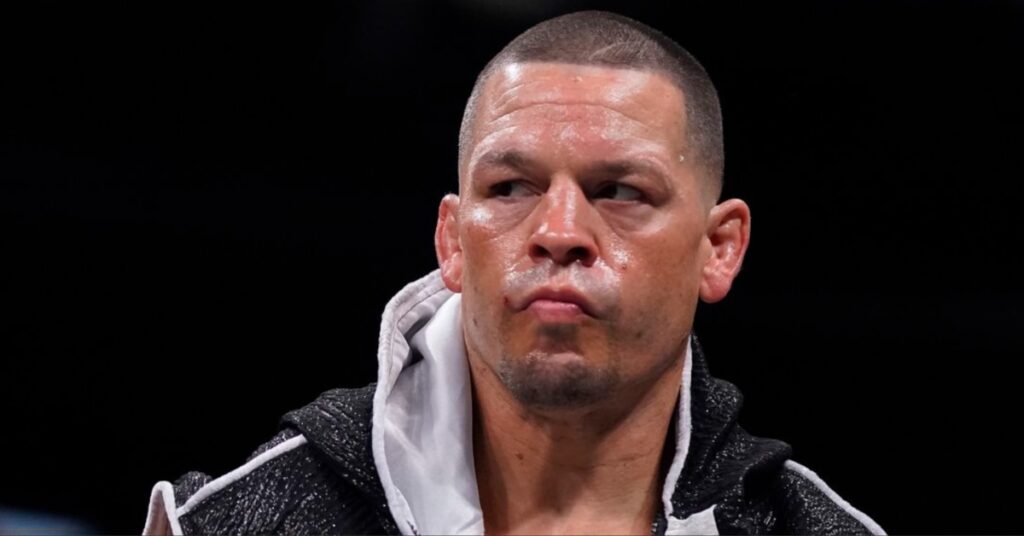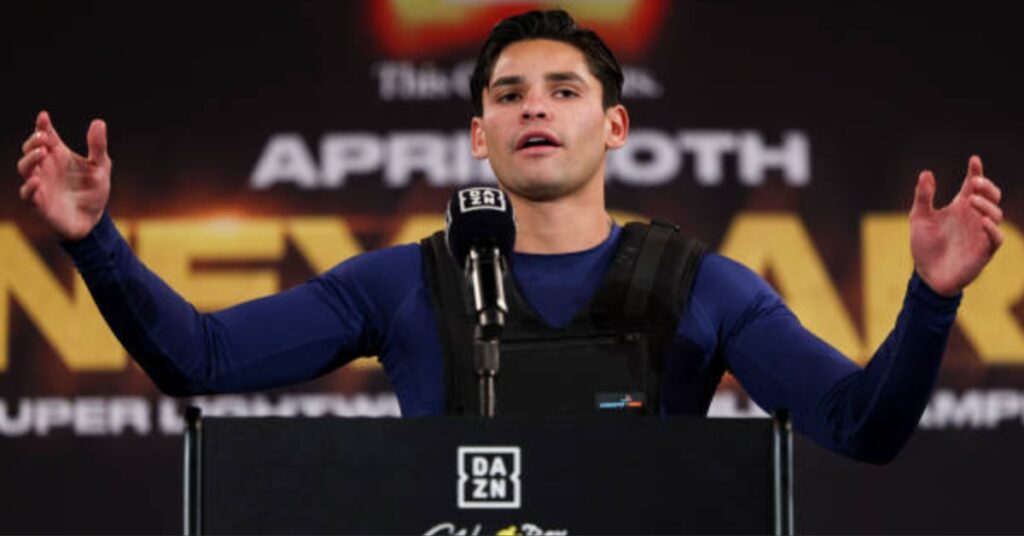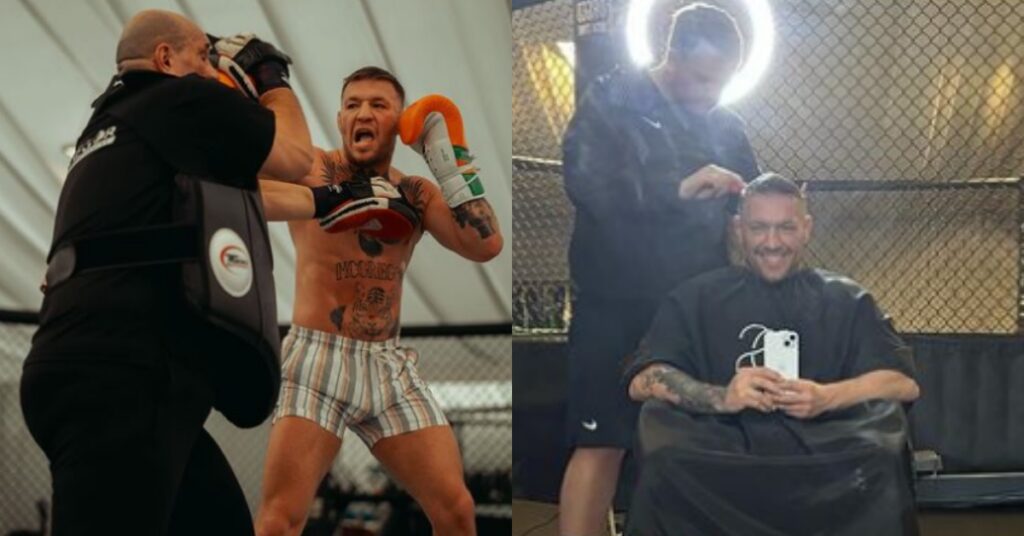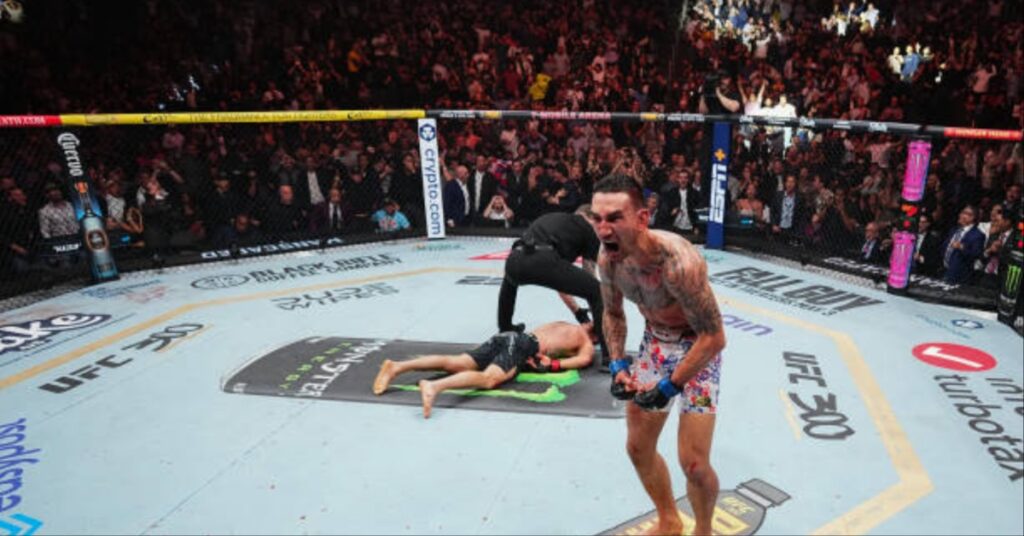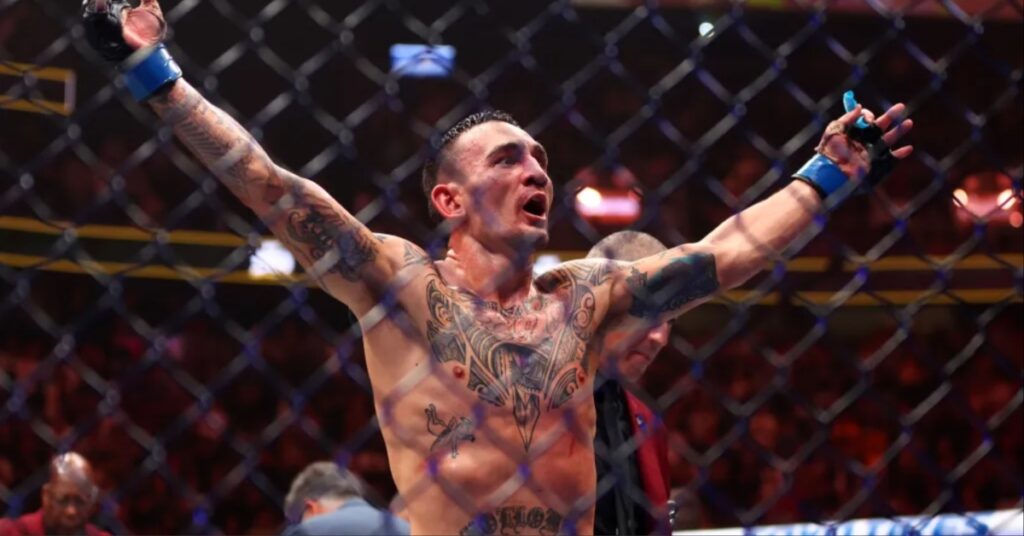Pride Rules: The Rule Set of Pride Fighting Championship
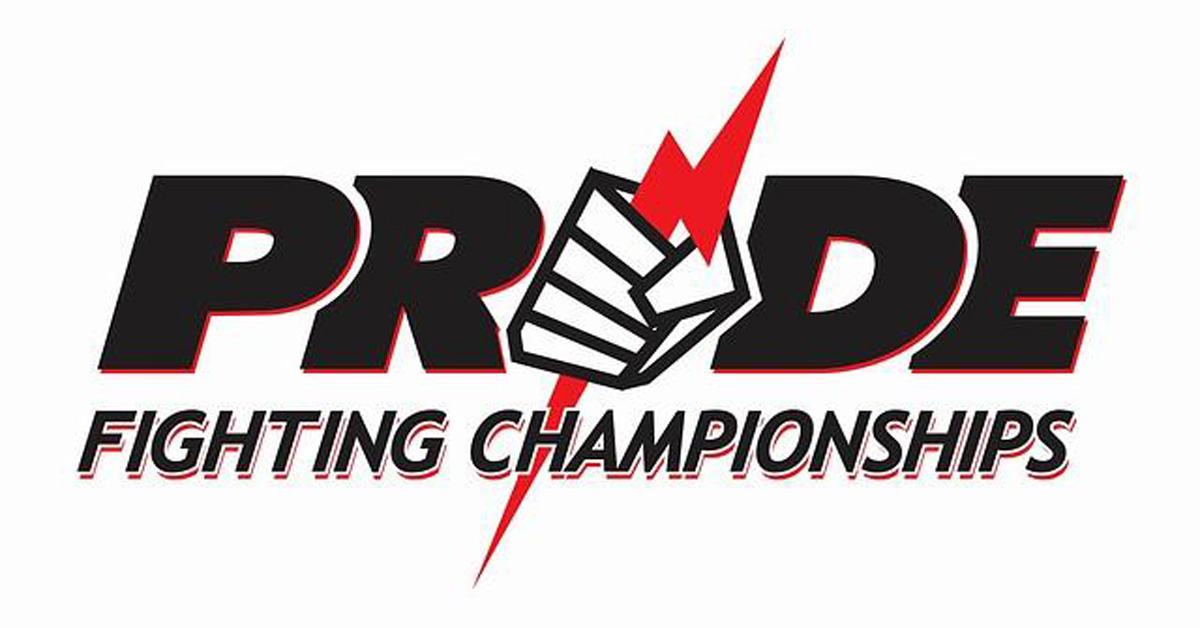
Old-school MMA fans fondly remember the glory days when they watched the Pride Fighting Championship. The glorious Japanese MMA promotion that hosted some of the most legendary bouts in MMA history.
One of the things that made the promotion special was the specific rules the fighters followed. Here is a complete breakdown of the Pride rules.
Check out our detailed breakdown of the Pride rules below and see what made them so special. Be sure to also look at the differences between Pride and UFC rules and if Pride Rules are still used today.
Contents
- 1 Match Lengths
- 2 The Pride Weight Classes
- 3 The Pride Ring
- 4 The Pride Rules For Attire
- 5 Ways to Win Under Pride Rules
- 6 Permitted & Illegal Techniques in Pride
- 7 The Pride Card System
- 8 Pride Bushido Rules
- 9 Pride Rules For Open Weight Matches
- 10 Pride Rules vs. UFC Rules Differences
- 11 Were Steroids Permitted Under Pride Rules?
- 12 How Do Any MMA Promotions Still Use The Pride Rules?
Match Lengths
The first thing that set Pride Rules apart from all other promotions was the lengths of the matches. In the US, most promotions go by the 3 rounds system, with each one lasting 5 minutes (5 rounds for championship bouts).
In Pride, the organization was famous for its unique match lengths.
Non-title Matches
- First Round: 10 Minutes
- Second Round: 5 Minutes
- 2-minute Rest Between Rounds
Title Matches
- First Round: 10 Minutes
- Second Round: 5 Minutes
- Third Round: 5 Minutes
- 2-Minute Rest Between Rounds
The Pride Weight Classes
During the period that the Pride Fighting Championship existed, the organization had five weight classes.
- Lightweight: 161 lbs(73 kg) Since 2004
- Welterweight: 183 lbs(83 kg) Since 2004
- Middleweight: 93 kg(205 lbs) Since 2000
- Heavyweight: Unlimited, Since 2000
- Open Weight: No Weight Restrictions, Since 1997
The Pride Ring
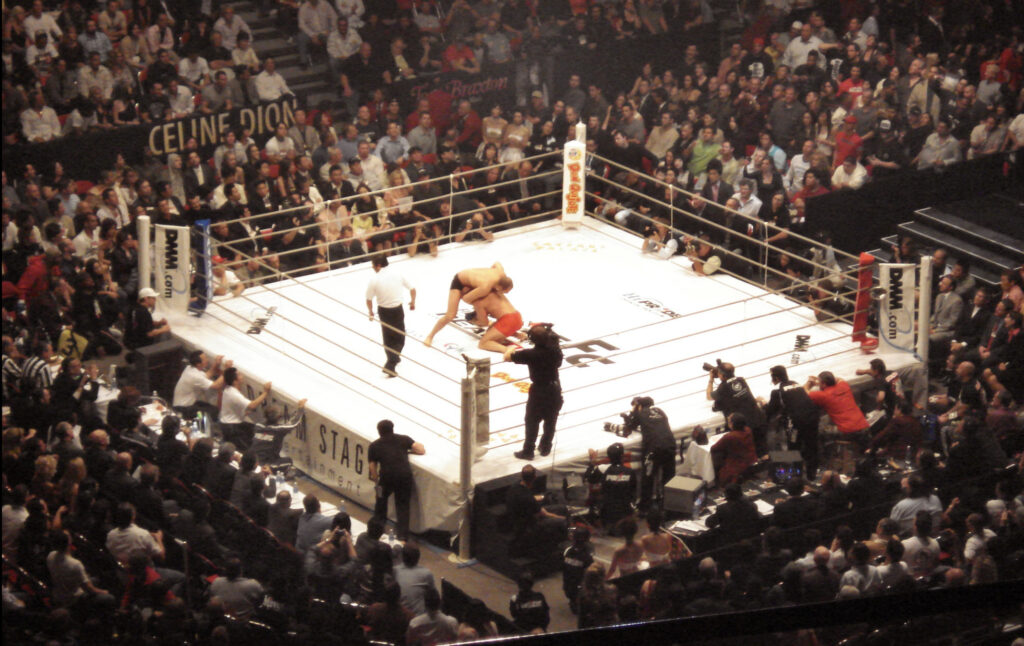
One of the things that made Pride special was the ring, which the organization used for all of there fights. This ring was used both for normal Pride events and Bushido events.
The Pride ring consisted of 5 ropes and had an approximate length of 23 ft(7 meters). This ring was also used in the Pride shows that took place in Las Vegas, Nevada.
The Pride Rules For Attire
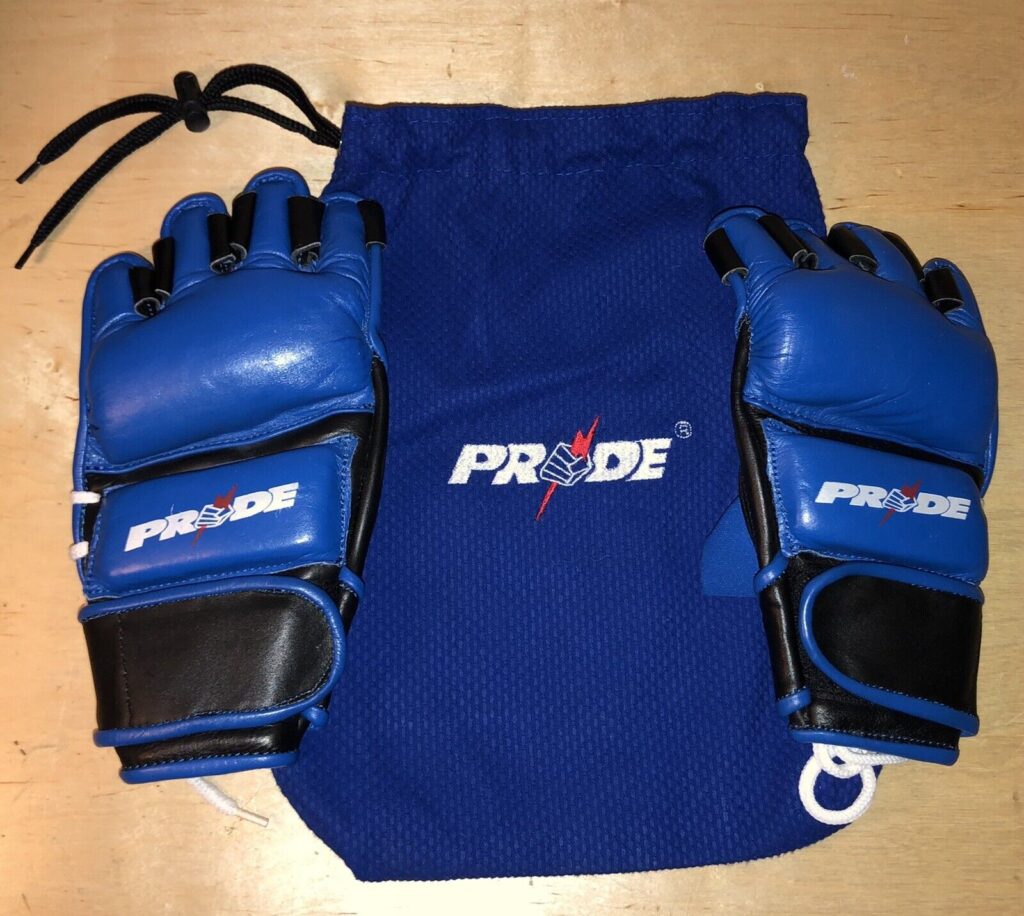
Under Pride rules, fighters wore specially made blue Pride gloves that were slightly curved. The slightly curved design of the gloves statistically decreased the occurrence of eye pokes in the matches
For shorts, the organization permitted a variety of different styles of shorts.
- Boxing Shorts
- Muay Thai Shorts
- Wrestling Shorts
- Vale-Tudo Shorts
- Speedo Briefs
Other permitted pieces of clothing fighters could wear if given permission included:
- Gis (Gi Tops, Pants, or Both)
- Wrestling Shoes
- Elbow Pads
- Knee Pads
- Ankle Supports
- Tape
Mandatory attire under Pride rules included a mouthpiece and protective cup.
Ways to Win Under Pride Rules
Under Pride rules, a fighter could achieve victory in six different outcomes.
- Knockout
- Technical Knockout
- Submission
- Technical Submission
- Decision
- Disqualification
KO & TKO
A fighter could achieve victory by either knocking their opponent out with a strike or a slam. If a fighter repeatedly hits their opponent with no answer and the ref steps in, it was ruled a TKO.
Submission & Technical Submission
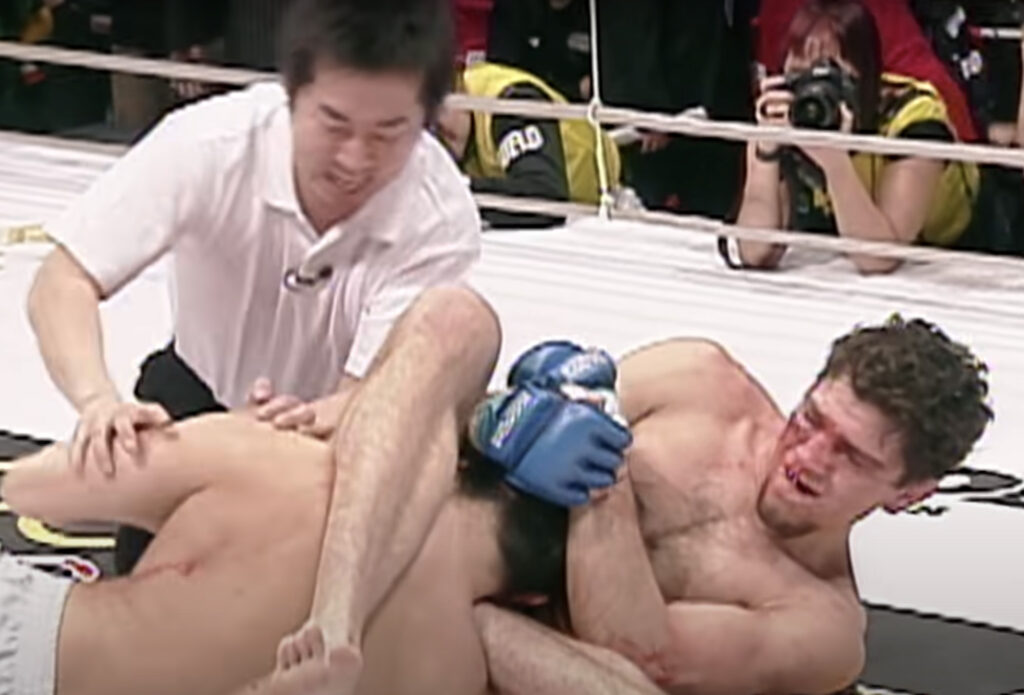
Whenever a fighter locked on a submission and their opponent tapped, they won the match. If they secure a choke and their opponent goes to sleep, they were awarded a technical submission victory.
Decision
Under Pride rules, a match could not end in a draw. After the rounds were completed, the Pride judges would declare the winner.
The Pride judges scored fights under the following criteria.
- Effort by a fighter to finish the fight.
- Damage given out by a fighter.
- Striking and ground control.
- Takedowns and takedown defense.
- Aggressiveness
Disqualification
In Pride, a fight could result in a disqualification for a number of reasons. A fighter could have been disqualified for any of these reasons.
- Three Yellow Cards
- Illegal Move Resulting in KO or doctor stoppage.
- Application of a foreign substances to give an advantage in a fight.
No Contest
In the event, where both fighters committed a foul that results in the ending of the fight, it’s ruled a no-contest. A no-contest will also be declared if the ring doctor declares a fighter can’t continue after an accidental illegal technique.
Permitted & Illegal Techniques in Pride
The techniques that were allowed within Pride were something that made these fights special. Here is a list of the permitted and illegal techniques within Pride rules.
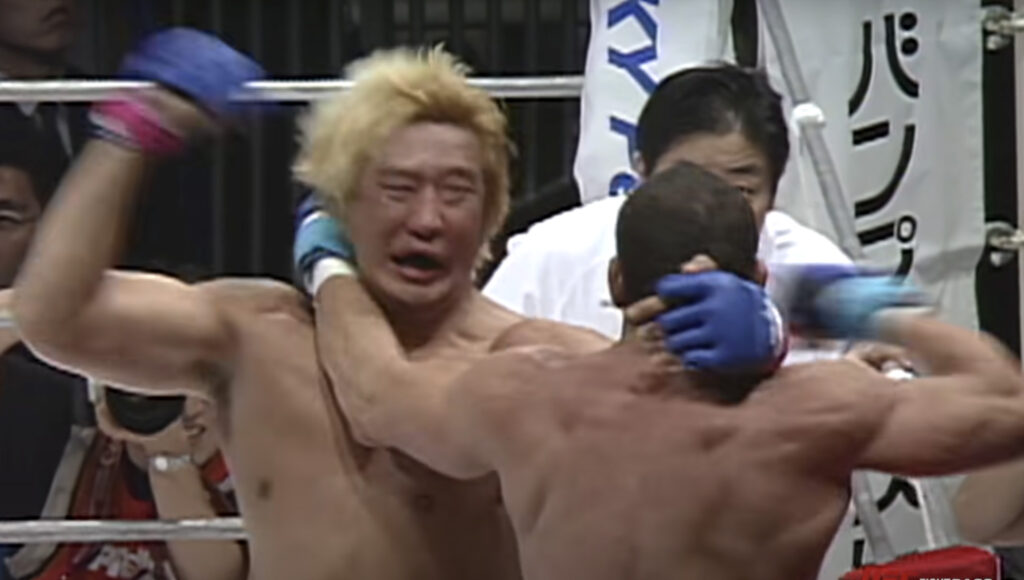
Permitted Techniques
- Punches From Standing & Ground
- Kicks From Standing & Ground
- Knees From Standing & Ground
- All Submissions Were Legal
Illegal Techniques:
- Headbutts
- Eye Gouging
- Small Joint Manipulation
- Fish Hooking
- Hair Pulling
- Biting
- Groin Attacks
- Elbows To The Head
- Throwing Opponent Out Of Ring
- Running Out Of The Ring
- Holding Ropes To Avoid Takedowns
The Pride Card System
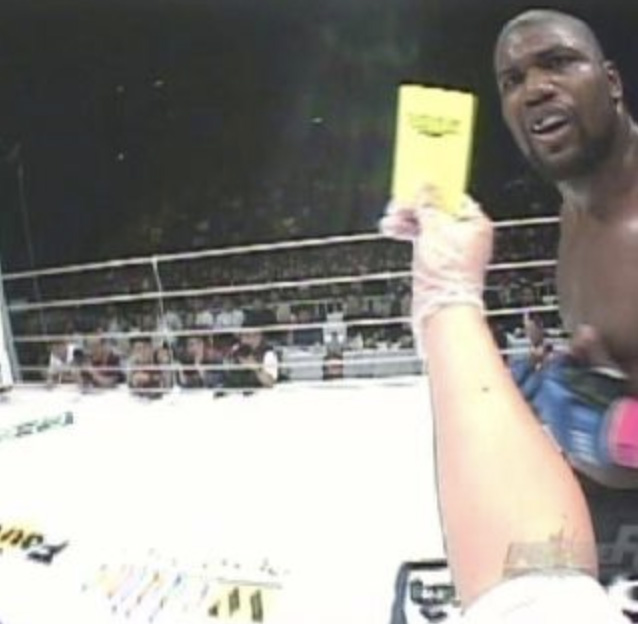
Another thing that made Pride Fighting Championship special was the card system it used. The card system was implemented to deter inaction and penalize illegal techniques.
A fighter was given one or two types of cards
- Yellow Card
- Green Card
The yellow card would be a warning to the fighter or fighters for inaction. If a green card was given, the fighter received a 10% deduction of their fight purse.
In the event that they received 3 yellow cards, the fighter was automatically disqualified.
Pride Bushido Rules
Pride Fighting Championship ran two different types of events during their histories. They either ran normal Pride events or Bushido rules events.
Bushido rules events differed from the normal Pride Fighting events. The rules of Bushido events were as follows.
- Pride Bushido Event Bouts: 1-10 minute round & 1-5 minute round
- Challenge Matches: Special Bushido challenge matches consisted of 2-5 minute rounds. Intermission was 2-minutes like under normal Pride rules
- Red Cards: Instead of yellow cards, red cards were given, which had the same rules as standard yellow cards.
Pride Rules For Open Weight Matches
Pride also permitted bouts between fighters from different weight classes in their Open Grand Prix and Bushido events. These open-weight bouts had special rules that were separate from normal Pride bouts.
In these types of bouts, the lighter fighter was given the choice of permitting certain techniques. It was up to them whether or not kicks or knees to a downed opponent were allowed within this type of fight.
Pride Rules vs. UFC Rules Differences
Pride and the UFC were the two biggest MMA promotions of the era. They had the similarity of being MMA promotions but had numerous differences. Here are some of the biggest differences between the two promotions.
- Fight Areas: Pride used a ring, while UFC famously used a cage.
- Grounded Strikes: Kicks and knees to a grounded opponent were permitted in Pride and are still prohibited in the UFC.
- Elbows: Elbows to the head were not permitted within Pride, while they are allowed within the UFC.
- Card System: Pride famously used their card system to deter stalling and the UFC has never used such a system.
- Weight Classes: Pride had only five weight classes, while the UFC weight classes currently have 8 men’s divisions and 4 women’s divisions.
- Open Weight Matches: PFC famously did open weight matches between fighters from different weight classes. The UFC does not permit these types of matches unless a weight is agreed upon by both fighters.
- Women’s MMA: Pride did not allow women’s MMA bouts during its operation.
- Steroid Testing: Pride did not test for steroids, while the UFC does.
Were Steroids Permitted Under Pride Rules?
The biggest question that people had about Pride rules was the use of steroids. Were steroids legal within Pride Fighting Championship?
As Enson Inoue explained on the Joe Rogan Experience, Pride did not test their fighters for steroids. They even made it clear to their fighters in their contracts that they weren’t going to be tested.
In big, bolded letters, the contracts stated: “WE DO NOT TEST FOR STEROIDS!”
The organization didn’t openly encourage the fighters to use steroids but said they technically could. This basically gave fighters the greenlight to use steroids, which almost all of them did, aside from a few fighters.
How Do Any MMA Promotions Still Use The Pride Rules?
Today, there are a couple of top MMA promotions that use rules that were inspired by the Pride Rules. In One Championship and Rizin, kicks and knees to grounded opponents are permitted.
The inclusion of allowing these strikes takes many old school fans back to the glory days of Pride. It’s been two decades since the organization seized operations, but the legend lives on.

